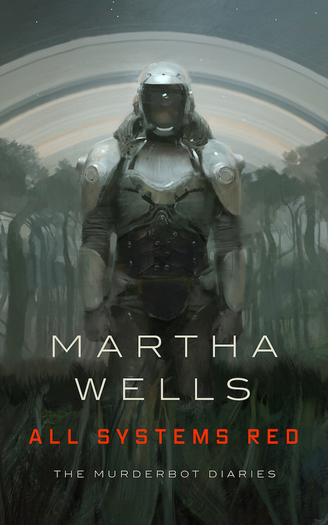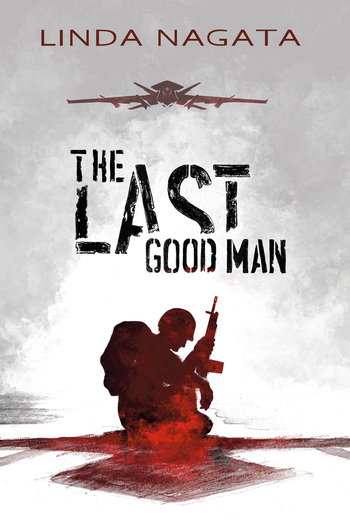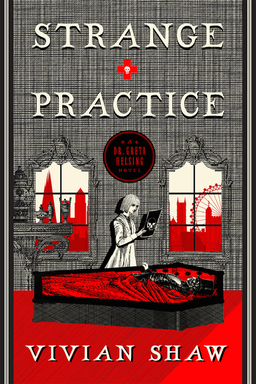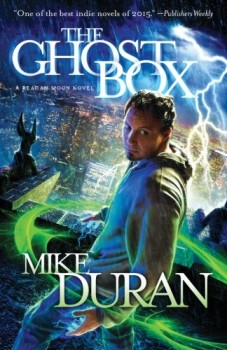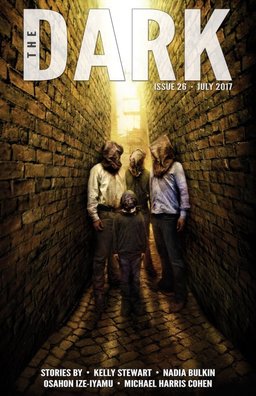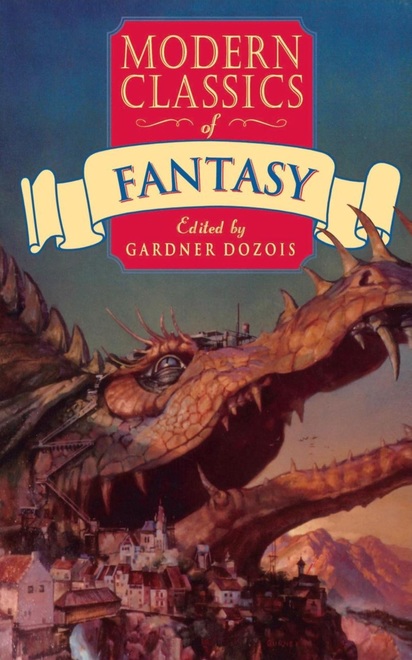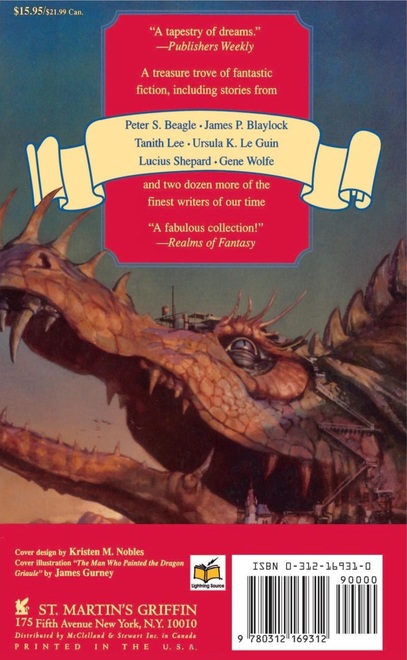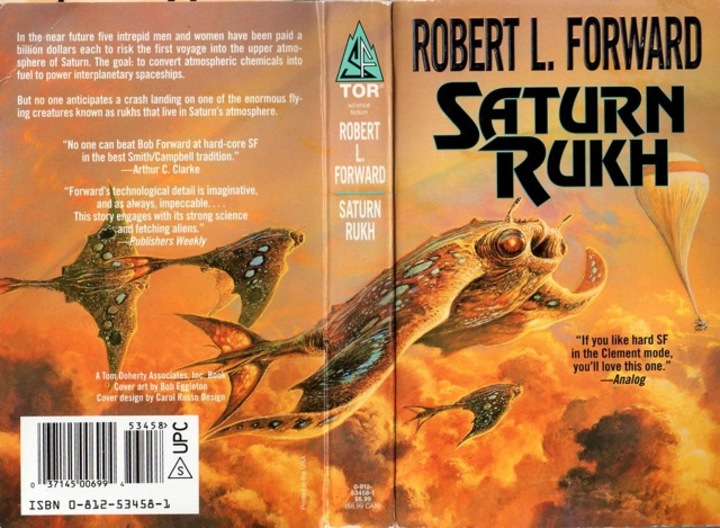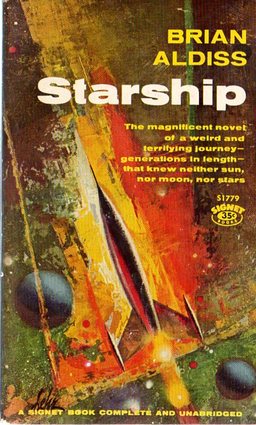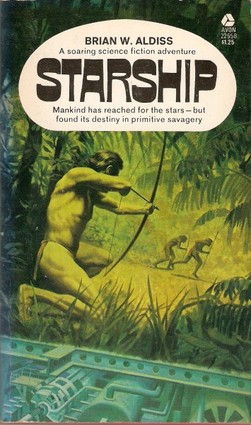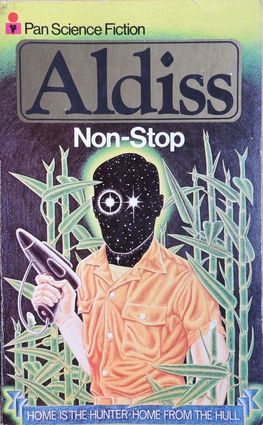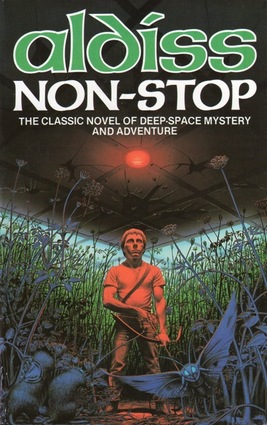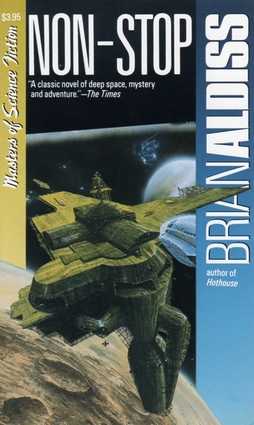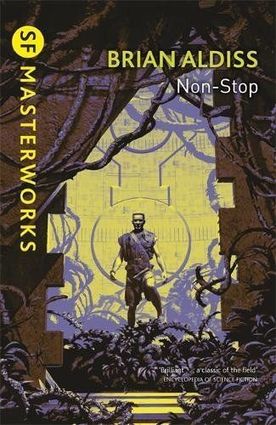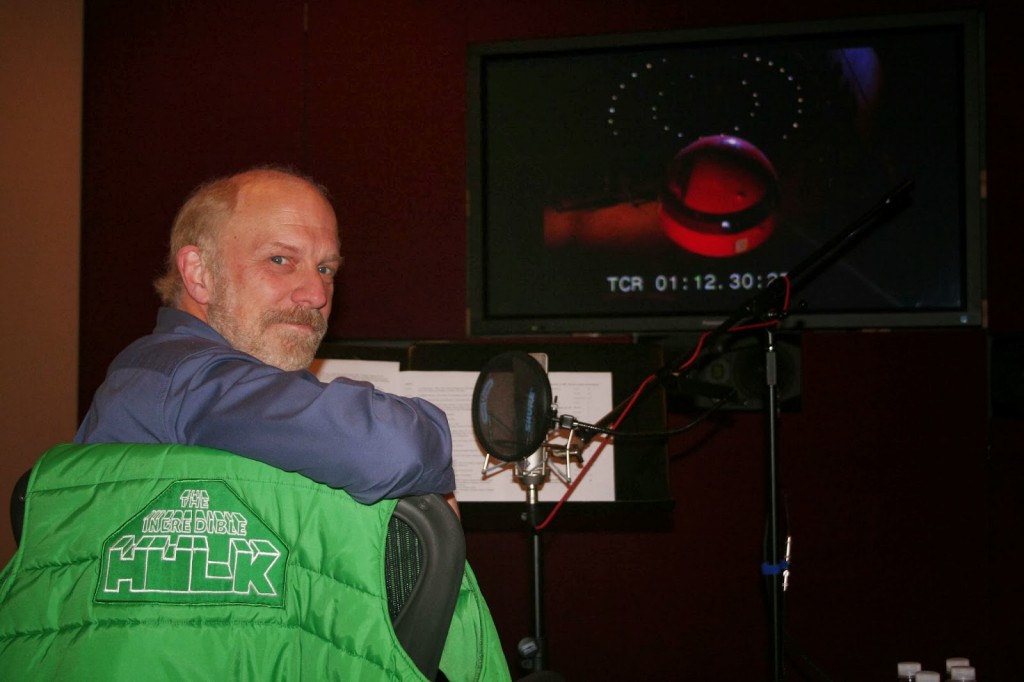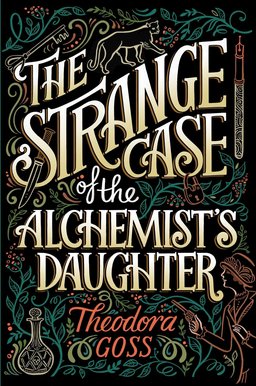Disasterville U.S.A. :The Shockwave Rider by John Brunner
If there is such a phenomenon as absolute evil, it consists in treating another human being as a thing.
Nick Halflinger in The Shockwave Rider
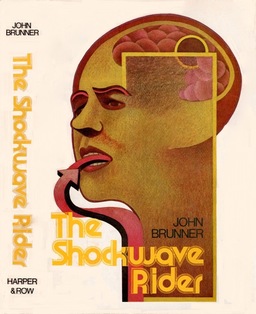 Cyberpunk appeared as a description of a sub-genre in the early eighties. The word first appeared in print in 1983 as the title of a story by Bruce Bethke and it was quickly adopted to cover the works of near-future science fiction by William Gibson, Bruce Sterling, Pat Cadigan, and others. The general connection between books like Gibson’s Neuromancer (1984) and Neal Stephenson’s Snowcrash (1992) was the depiction of high technology mixed into a crumbling, corrupt society.
Cyberpunk appeared as a description of a sub-genre in the early eighties. The word first appeared in print in 1983 as the title of a story by Bruce Bethke and it was quickly adopted to cover the works of near-future science fiction by William Gibson, Bruce Sterling, Pat Cadigan, and others. The general connection between books like Gibson’s Neuromancer (1984) and Neal Stephenson’s Snowcrash (1992) was the depiction of high technology mixed into a crumbling, corrupt society.
Cyberpunk as a named thing might date to only 1983 or so, but as a movement in science fiction its roots are deeper. For years prior to the appearance of Neuromancer, usually thought of as the first cyberpunk novel, sci-fi authors had been writing about the dangerous effects — on society and individuals — of computers, communications, cybernetics, and related fields. In the UK, J.G.Ballard, and in the US, Philip K. Dick, laid a lot of the groundwork for the genre in books featuring rebels, man-machine interfaces, often lots of psychoactive drugs, and a general dystopian atmosphere. It’s little wonder that Dick’s 1968 novel, Do Androids Dream of Electric Sheep?, should become the basis for the film Blade Runner, easily one of the first cyberpunk movies.
English author John Brunner (discussed at great length here at Black Gate) started his writing career creating fairly standard space opera. In the mid-sixties he began writing stories in more contemporary settings, such as the 1965 novel, The Squares of the City. In it, a traffic engineer is hired to work in the newly-built capital of a South American nation (echoes of Brasilia). While there he becomes a piece, quite literally, in game of chess being played between two of the country’s power brokers.
This move to contemporary and near-future sci-fi culminated in the appearance of Stand on Zanzibar in 1968. Its portrayal of a wildly over-populated Earth, conveyed in the snapshot style of Dos Passos’ USA Trilogy, won Brunner the Hugo award for best novel. It also marks the start of what’s been called his Catastrophe Quartet.
